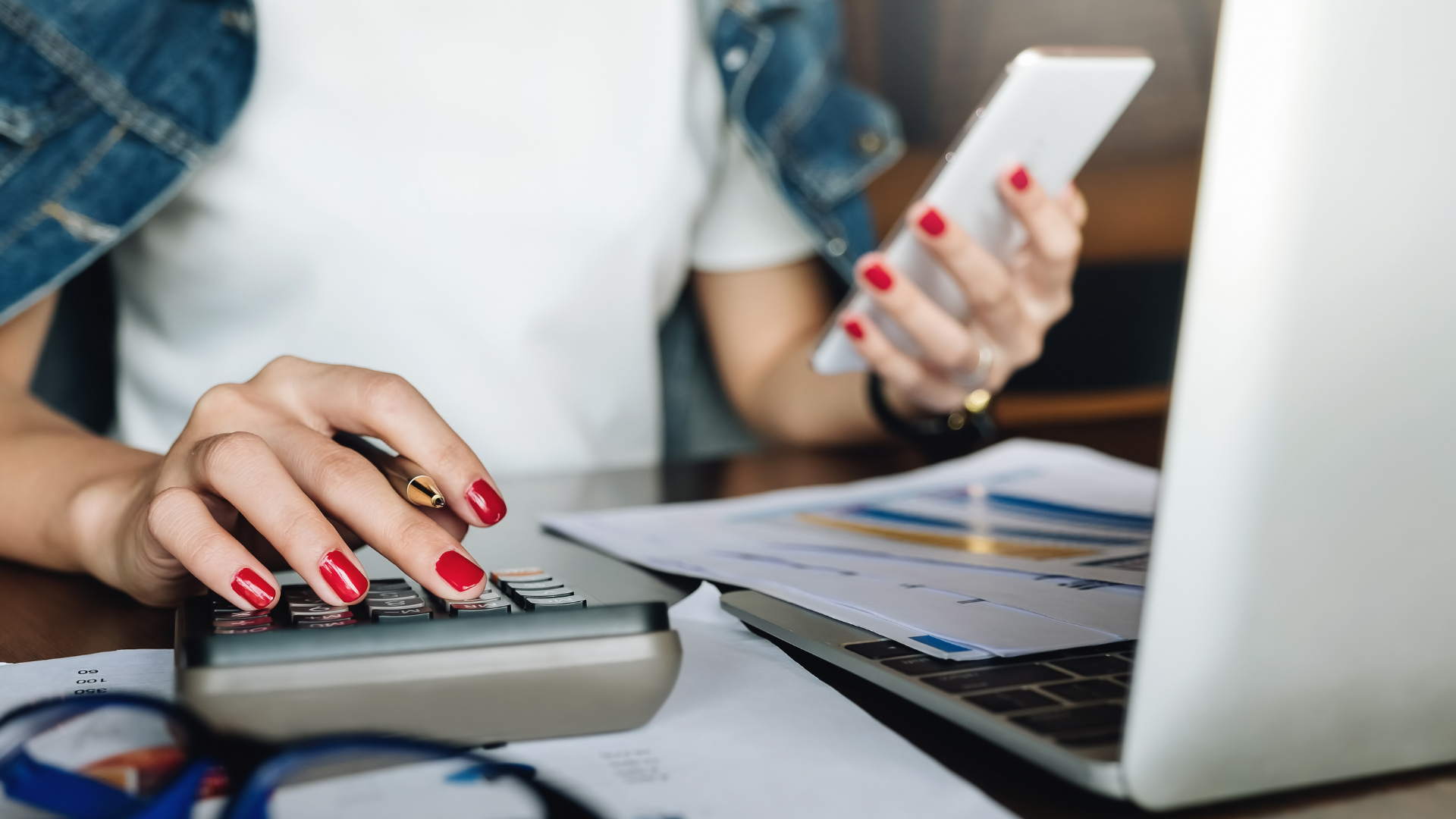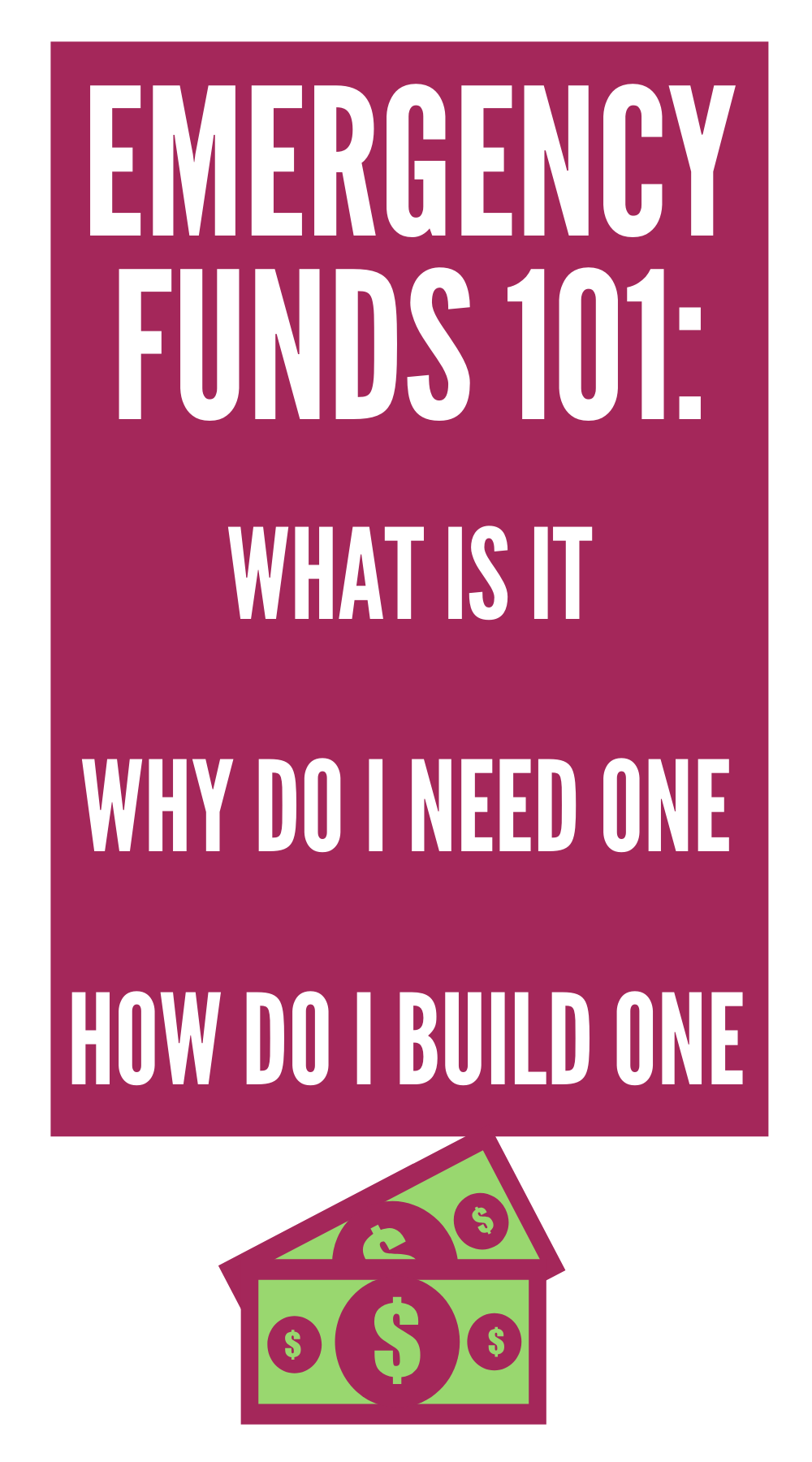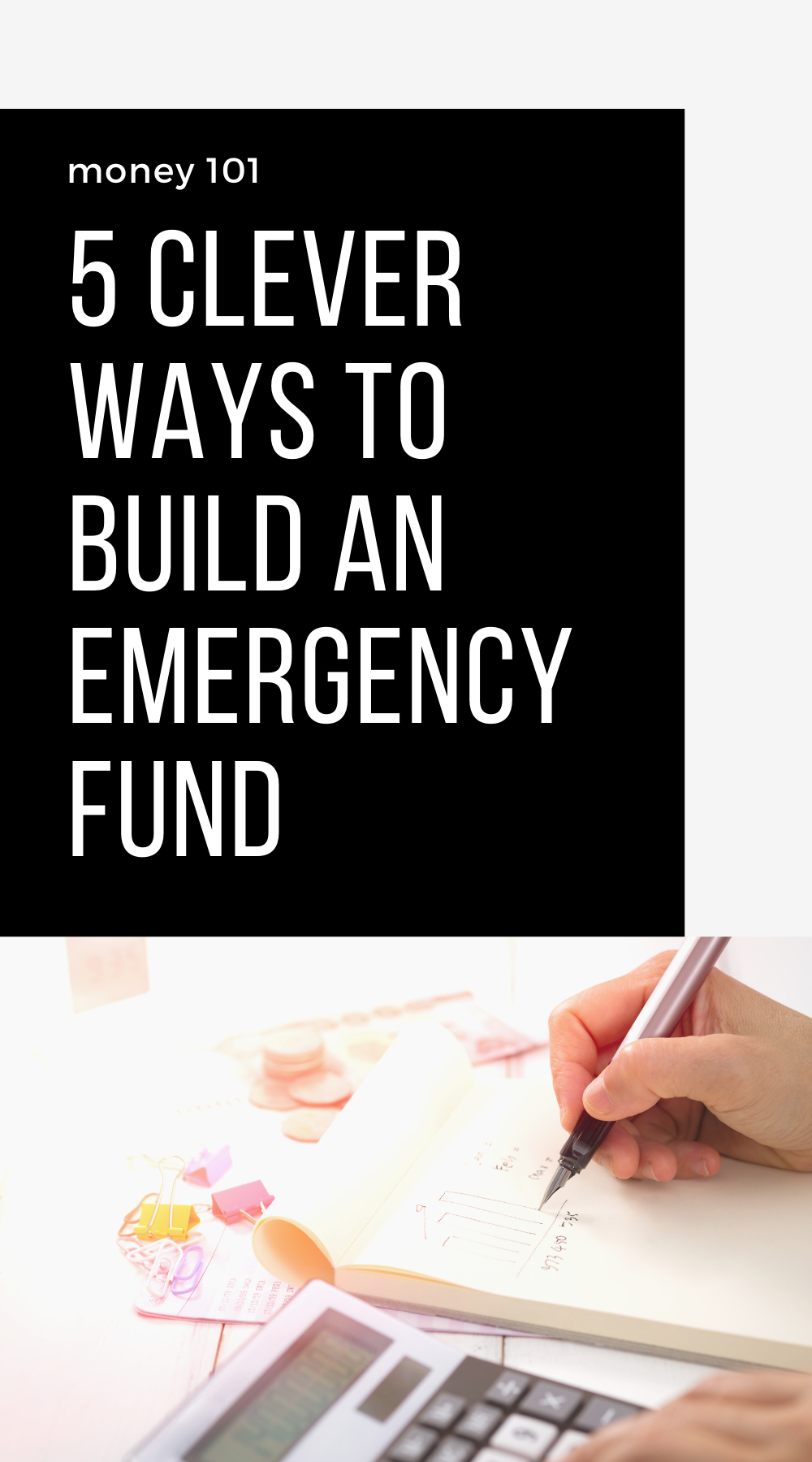
WTF is an emergency fund? You’ve probably heard the term thrown around a few times, and that it’s so important to have one – but why?
Simply put, an emergency fund is a stash of money that you can access at any time in the event of, well, an emergency.
We can’t plan for everything in life, so even the most unexpected instances can lead to financial stress when you don’t have an emergency fund to fall back on. Think of life events like a sudden job layoff, falling ill unexpectedly, a furnace breakdown, and the list goes on.
It’s likely not something you budgeted for, so having this wad of “safety net cash” is a great way to hedge any risk when it comes to an emergency. Not only will it provide you with some financial stability while you’re working through that life event, but having this “back-up” money gives you major peace of mind. Watch just how your stress levels begin to decrease once you’ve built your emergency fund.
Pssst! Check out our video below to learn more about emergency funds!
How much should I have in my emergency fund?
It’s recommended that you have 3-6 months worth of living expenses in your emergency fund. Let’s say you make $3000 a month, after taxes, but your total spend each month is as follows:
- Rent = $1000
- Food = $200
- Bills: $300
- Transportation: $300
- Miscellaneous: $200
That would equate your total monthly expenses to be $2000. Multiply that amount by 3-6, and you’re looking at an emergency fund total of anywhere from $6000 to $12,000. Here’s a great tool to help you calculate exactly how much should be in your emergency fund.
I contribute every month to my 401K / RRSP, which is now over 3-6 months of my living expenses. Does that count?
No. An emergency fund is NOT held or locked in an investment vehicle with the intention to gain some interest. Your emergency fund should be completely liquid cash that you’re able to access immediately in the event you need it. It can’t be subject to the ups and downs of the market, either. The concept here, is to avoid being “cash poor”. You can have thousands saved up in ETFs and mutual funds via your retirement savings, but you can’t easily access that money. In other words, it’s not liquid. Your retirement savings are extremely important for you to build as well, but it can’t be considered your emergency fund. Emergency funds can be held in a high-interest / yield savings account, a TFSA if you’re Canadian, or even your primary account, so long as you don’t touch it.
Learn more here about exactly WTF an RRSP is, and how to use it.
I don’t get it. I thought I should be investing all my money into the market?
Investing is so very important when it comes to growing your wealth, but think of the emergency fund not as a means to grow your wealth, but a safety blanket to help mitigate the risk of any life event that can become a serious financial commitment.
In fact, experts recommend that you build an emergency savings fund before dipping your money into the market.
I live paycheck-to-paycheck every month, I don’t have money to put aside to start building an emergency fund
An emergency fund needs to be a priority when it comes to creating financial freedom. Even if it’s a small amount to start, every bit goes a long way. Here are a few other options for you to consider:
- Work bonus: If you’re lucky enough to be getting a yearly bonus from your employer in bulk, stashing that right into your emergency fund is a great way to get your safety net of cash going.
- Tax refunds: If you’re expecting to get a tax refund this year, there’s a lot you can do with that cash (including investing, paying down debt, and more) – but if you don’t have an emergency fund, bingo! Put that money straight into an account as your emergency fund and don’t touch it! It it still doesn’t cover 3-6 months worth of expenses, get an initial amount down. Then, set yourself up for a payment plan to contribute to your emergency fund each month. Whether that means $50 a month for you or $200 semi-monthly, every amount goes a long way, so don’t discredit your contribution.
- Expand your salary: You may be paycheck-to-paycheck now, but that doesn’t mean you always have to be. There are lots of ways you can supplement your income through a side hustle, ultimately increasing your salary. In fact, here are the different ways you can grow your income to six-figures.
- Cut expenses: Evaluate how your current income is being spent. Is that monthly $100 allocated to your mani-pedi a necessity? Cut out the fringe costs that can help you contribute more to your fund. DIY your nails or substitute your monthly facial with at-home face masks – even if it’s for a temporary period of time. Your emergency fund should be a high priority when it comes to your finances, so keep that in mind when it comes to your day-to-day expenses.
- Sell something: Got something around the house you don’t use often? Need to clean out your closet? You’d be surprised at just how much extra cash you can bring in by selling some of your old items. Use sites like Kijiji, Poshmark, eBay, Amazon, or Facebook marketplace to start selling your things in less than 5 minutes! Remember, one woman’s trash is another woman’s treasure! Take the amount you received from your sale and put it right into your emergency fund.
Where are you on your emergency fund journey?
Leave a comment below to share your questions and tips for building an emergency fund!



Great tips! Even when we think there’s no money left after pay day, we have other options that are feasible.
Author
For sure! Thanks for sharing, Mary. Appreciate the feedback! 🙂